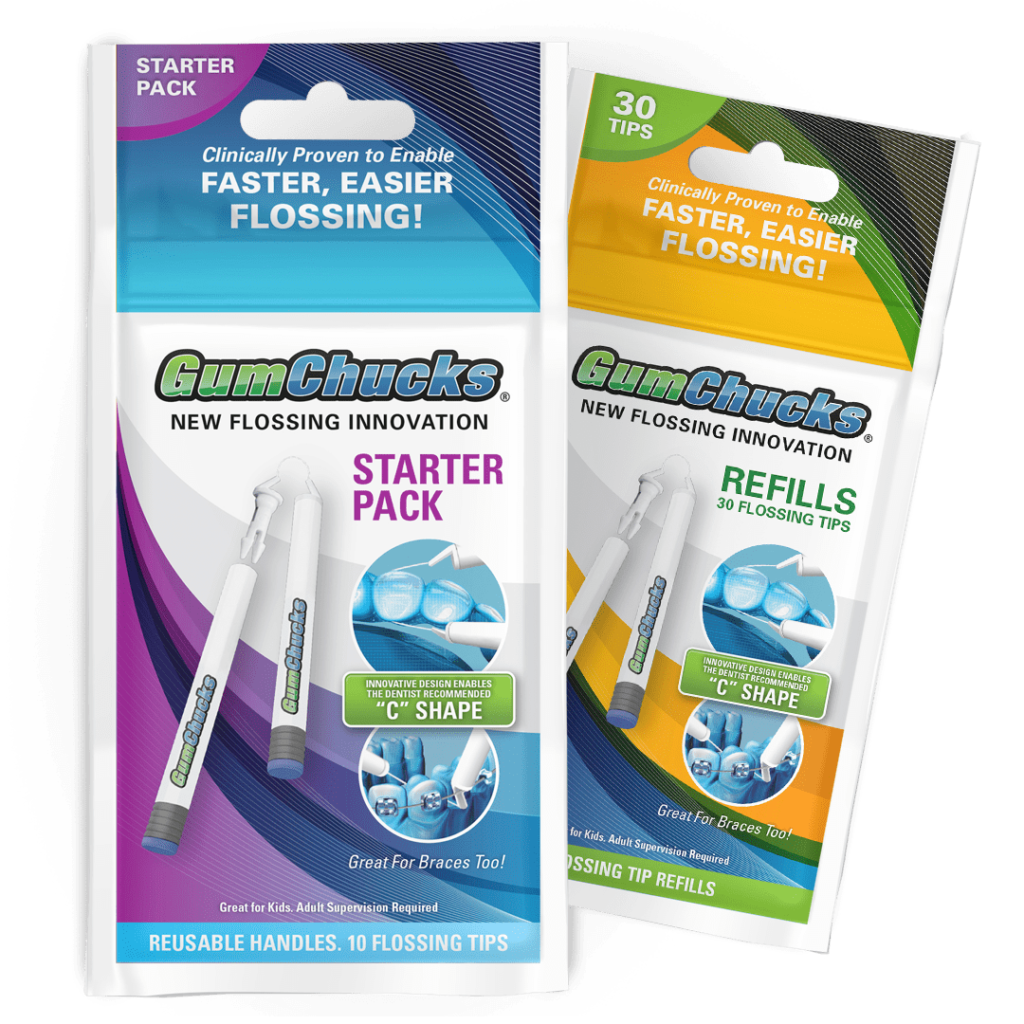While children are more likely to get cavities than adults, cavities are still one of the most common chronic diseases in people of any age. In fact, more than 80% of Americans have had at least one cavity by the time they’ve reached their thirties. When seeing the dentist, everyone’s nervous to hear whether or not they have a cavity. However, what are some early signs and symptoms that you may have a cavity? Also, what does the dentist exactly do to treat your cavity? Let’s explore these answers below and detail what exactly a cavity looks like.
Causes: What is a Cavity?
A cavity forms from oral negligence that eventually turns into tooth decay. Caused by bacteria that lives in the plaque on your teeth and gums, tooth decay leads to gingivitis and, eventually, gum disease. If left unchecked, a small cavity gradually grows larger to eventually become a hole in your tooth. From this point, an untreated cavity can cause an infection in your bones and spread to other parts of your body. To prevent the onset of cavities, it’s important to practice healthy oral care along with omitting sugary foods and drinks.
Symptoms: What Does a Cavity Feel and Look Like?
In early stages, a cavity may be difficult to spot without the assistance of a dentist. Although, as time goes on, visual signs of a cavity can include:
- Dark stains on the tooth.
- Inflamed or bleeding gums.
- A hole in the affected tooth (which you should be able to feel with your tongue).
As it may be difficult to spot a cavity by its appearance, there’s no mistaking the onset of painful symptoms. As a cavity grows deeper into the tooth, it often hits sensitive nerves and blood vessels within the enamel. Symptoms you may experience include:
- Spontaneous toothaches without cause.
- Pain while eating, or drinking.
- Shooting pain when biting down.
If someone reading this has seen or felt any of these listed symptoms, it’s important to note that cavities don’t go away on their own. Once tooth decay has spread past the outer layer of the enamel, most practical treatments won’t sufficiently resolve the issue. Tooth abscess, or infection of the tooth, can lead to serious long-term health problem as harmful bacteria can enter your bloodstream.
Treatments: Resolving a Cavity
Treating a cavity really depends on how early a dentist detects it. If discovered early, a dentist could potentially reverse the issue with simple fluoride treatments, which ultimately helps repair the tooth enamel. However, cavities commonly require more extensive approaches, such as drilling, to return the tooth back to proper health. When a dentist drills into a cavity, they fill in the missing enamel with synthetic materials to prevent the cavity from spreading further. While these methods may help in the early stages of tooth decay, they often don’t provide enough benefits to save a severely infected tooth.
When oral decay results in the death of nerves within your teeth and gums, a dentist will perform a root canal operation to save your tooth. In one of these operations, dentists will remove blood vessels, nerve tissue, and decaying parts of your tooth. After this process, they will check for any additional infections and fill your tooth in with synthetic material. In severe cases, the dentist may choose to extract your tooth completely. In situations such as this, your dentist will fill in the open tooth gap with an implant, bridge, or crown.
How Can I Prevent Cavities?
Regardless of your age or dental history, there are numerous steps your can take today to prevent cavities and other oral health issues, such as:
- Maintain Healthy Oral Hygiene: Brush and flossing your teeth twice per day is vital to preventing cavities.
- Eat Healthy: Reducing the amount of sugar you consume in a day will help keep your smile bright.
- Quit Smoking: Smoking leads to cavities, gum disease, and overall tooth decay. Quitting smoking also reduces the risk of oral cancer.
- Visit Your Dentist Regularly: Visit your dentist once every 6 months to identify and treat any oral health issues.
Flossing and brushing twice a day is essential to preventing cavities. Flossing is the only way to remove plaque from between your teeth, flossing regularly also helps keep tartar out of hard-to-reach places. GumChucks’ design ensures a flossing experience that’s faster, easier, and more effective than competing flossers or traditional floss. Our two handles with disposable floss allow you to comfortably reach all your teeth, even those in the back while wrapping the floss around each tooth. This creates the vital “C-Shape” necessary to get below the gum line and effectively clean each tooth.

GUMCHUCKS MAKES FLOSSING FUN, FAST, AND EASY!
Click here to get started with GumChucks today!

0 Comments